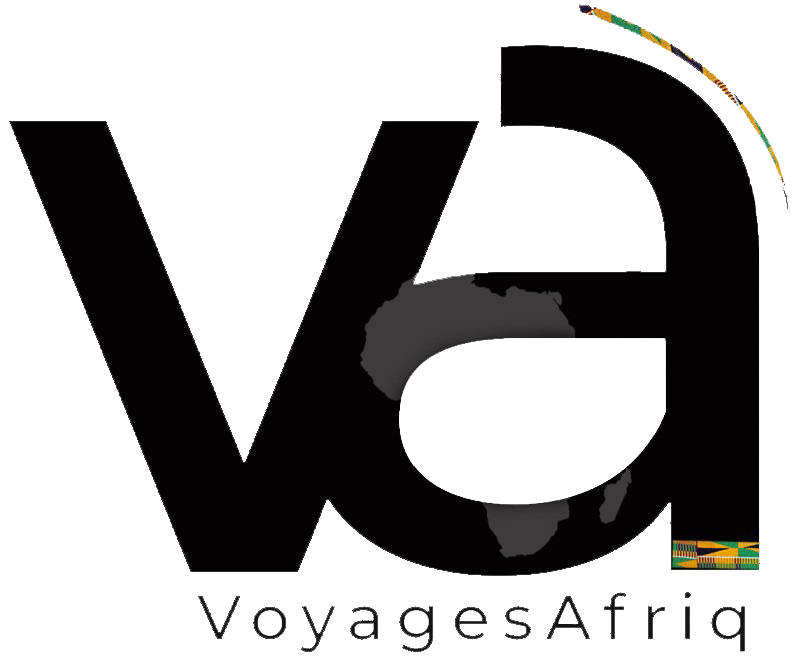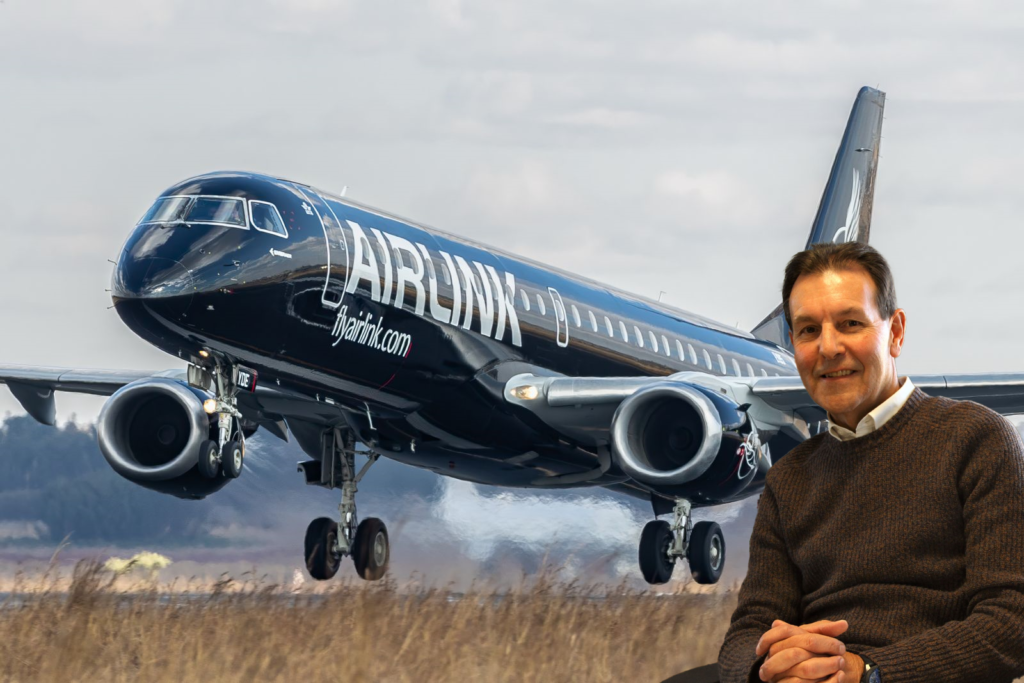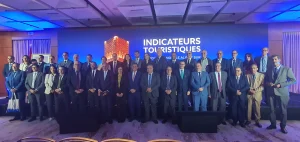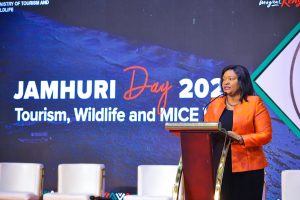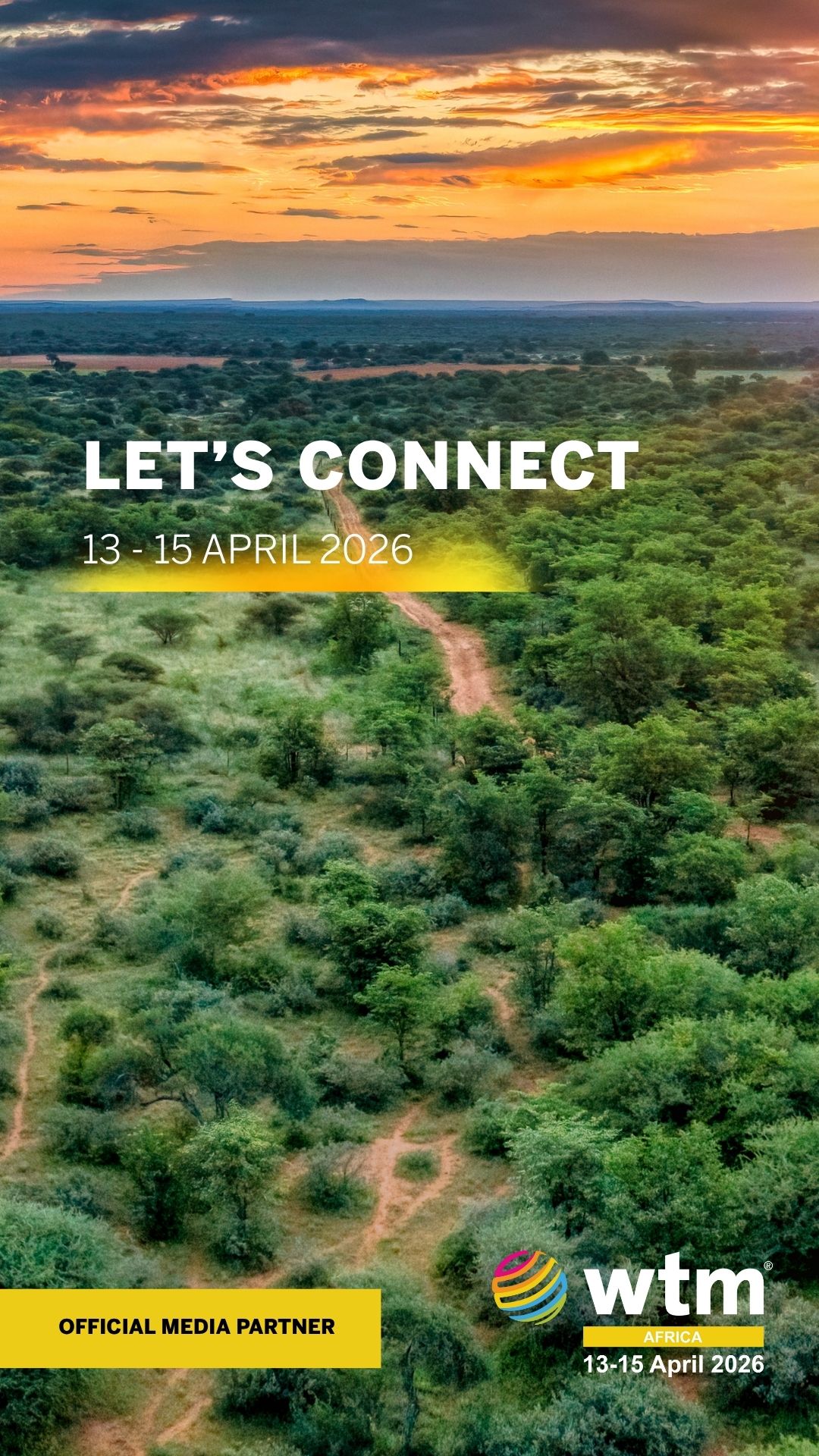Airlink, Southern Africa’s premier airline, will undergo a change of leadership following the decision by current CEO and Managing Director, Rodger Foster, to step down at the end of March 2025 after almost 33 years at the company’s helm.
Airlink’s current Chief Financial Officer, de Villiers Engelbrecht, will take over from Mr Foster as the company’s new CEO with effect from 1 April 2025.
Mr Foster will remain a shareholder in the airline and will continue serving as a non-executive director.
Mr Foster has served as the CEO and Managing Director since co-founding the business in June 1992 with Barrie Webb. At that time, South Africa was undergoing a political transition with sanctions and boycotts gradually being lifted and the doors being opened for increased trade, commerce, arts, and tourism. Airlink’s establishment coincided with the deregulation of South Africa’s domestic airline industry, allowing privately-owned airlines to compete with the state-owned national carrier.
“It has been a privilege to have led Airlink through what has been an exciting, at times very challenging, but ultimately a rewarding and fulfilling journey. However, after more than three decades in the post, it is time to hand over the flight controls to my successor and our Chief Financial Officer, de Villiers Engelbrecht,” said Mr Foster.
Mr Engelbrecht has been involved in Airlink for over 20 years, he served as a non executive director for a period, and joined as an executive in February 2011.
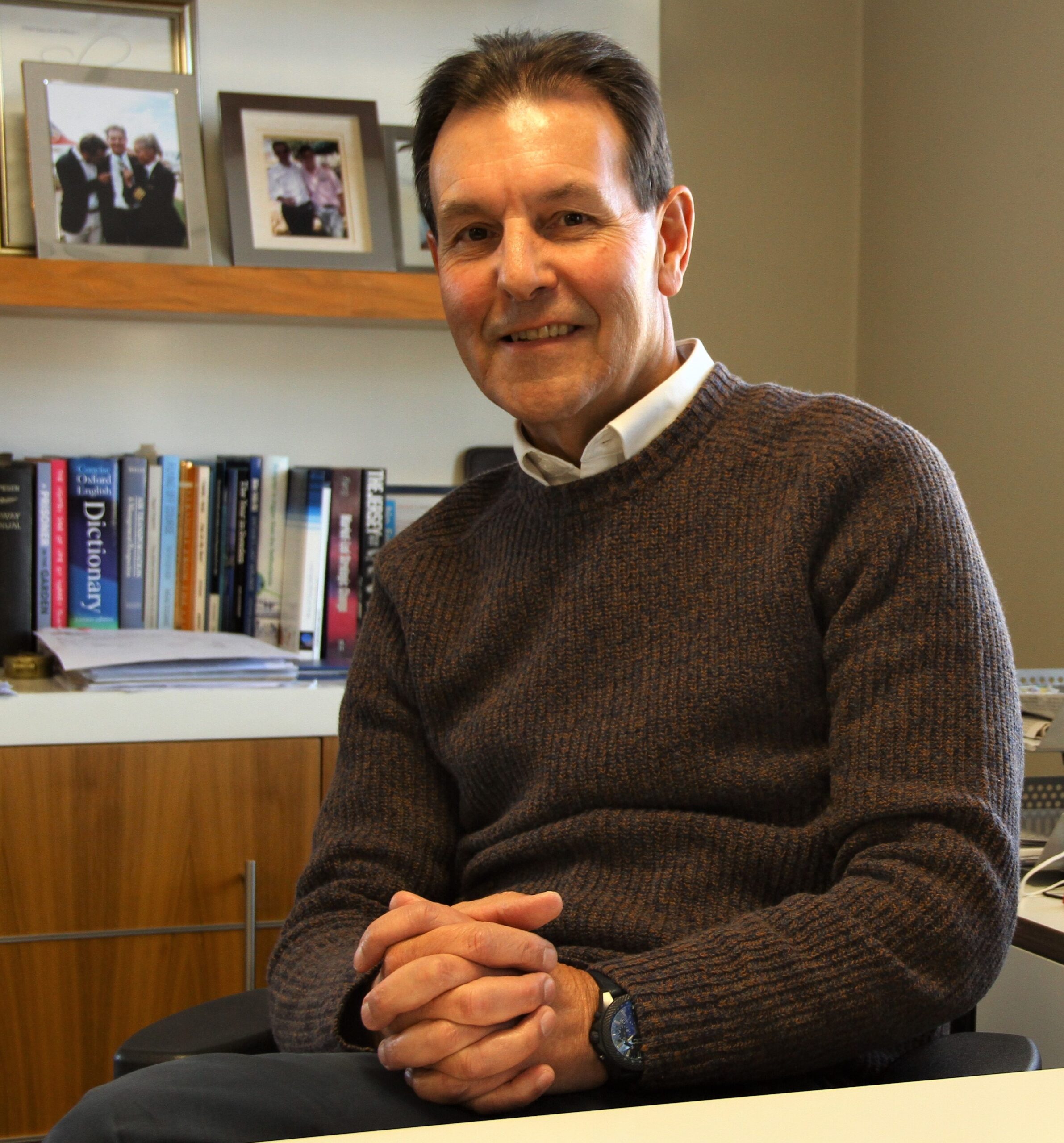
“de Villiers is widely respected in the industry and has worked alongside me, helping to steady Airllink, repurpose it and put the airline on a course for sustainable growth in the face of two existential threats to the company. These included Airlink’s separation from SAA due to SAA’s business rescue, followed closely by the COVID-19 travel restrictions which jolted air travel to a standstill. He has had hands-on exposure to all of the key elements that constitute the airline business and has the support of the entire executive team, the broader management as well as all our external stakeholders,” explained Mr Foster.
“Airlink is a flourishing and resilient business. It has a strong balance sheet that has been bolstered by an equity injection from Qatar Airways Group’s acquisition of a 25 percent stake in the company. Since 2020 Airlink has built a constellation of commercial partnerships with many of the world’s leading airlines. None of this would have been possible without the tireless support of the entire dedicated, dilligent and professional Airlink team who it has been my privilege to lead,” he added.
A brief history of Airlink
Airlink was established in June 1992 when Foster and Webb acquired the assets and infrastructure of the illiquid Link Airways from its administrator. With a small mixed fleet of light commuter aircraft, Airlink set out to achieve its objective of providing air connections
convenient air services, if any scheduled flights at all. From its Johannesburg base, at what was then still called Jan Smuts International Airport, Airlink initially served Pietersburg (now Polokwane), Pietermaritzburg, Bloemfontein, Nelspruit (now Mbombela), and Maseru.
Airlink’s business plan for its first year was to expand its route network, increase its flight schedule and to acquire a larger, more modern fleet of aircraft with the target of carrying 100,000 passengers (which it surpassed).
On 23rd March 1995, having re-branded as “SA Airlink”, the airline introduced a fleet of 28-seat Jetstream J41 aircraft. The first of these was handed over to Mr Foster by the late Queen Elizabeth II and Prince Phillip, the Duke of Edinburgh at a delivery ceremony at Grand Central Airport in Midrand near Johannesburg.
In that same year, Airlink also joined the Voyager frequent flyer programme as a precursor to establishing a franchise business with South African Airways and SA Express in 1997. During this time Airlink’s fleet expanded the acquisition of Embraer Regional Jets and BAe146 / Avro RJ quad-jets, the latter subsequently replaced by Embraer E-Jets.
In 2020 Airlink ended the franchise with SAA, reverted to its original name and re-branded to assert its status as a fully-independent private-sector airline. In June 2020 Airlink was the first airline to resume domestic flights after the local COVID-19 travel bans were withdrawn and it used the opportunity to introduce flights on the main Johannesburg-Cape Town and Johannesburg-Durban trunk routes, which it had previously not operated. It resumed and added more domestic and regional routes to its network as the remaining travel restrictions were lifted.
Since 2020, Airlink has also forged commercial ties with 30 other international airlines, incorporating 40 commercial agreements. These include interline agreements and code-share partnerships with many of the world’s trusted and well-known airlines. This has extended Airlink’s reach into markets around the world which were previously beyond its grasp.
In 2022 Airlink became a franchisor to FlyNamibia. The two airlines have synchronised their schedules on flights linking both Johannesburg and Cape Town with Windhoek and Walvis Bay. In a strategy that complements and takes advantage of Airlink’s regional footprint, FlyNamibia is extending its network beyond Namibia, to position Windhoek Hosea Kutako International Airport as a gateway and connecting hub for travel to other Southern African destinations.
In 2023 Airlink launched its own customer loyalty rewards programme, SkyBucks.
In August 2024 Qatar Airways acquired a 25% equity stake in Airlink, marking one of the most significant foreign investments in a South African airline and a powerful endorsement of Airlink and the markets it serves.
Today Airlink’s fleet comprises over 65 modern Embraer jetliners. In the 2024 financial year (to 31 August 2024) more than 4,000,000 passengers travelled on over 85,000 Airlink flights to its 50 destinations in 15 countries including Madagascar and St Helena Island in the South Atlantic.
Airlink is an International Air Transport Association (IATA) member and accredited under its safety audit programme.
